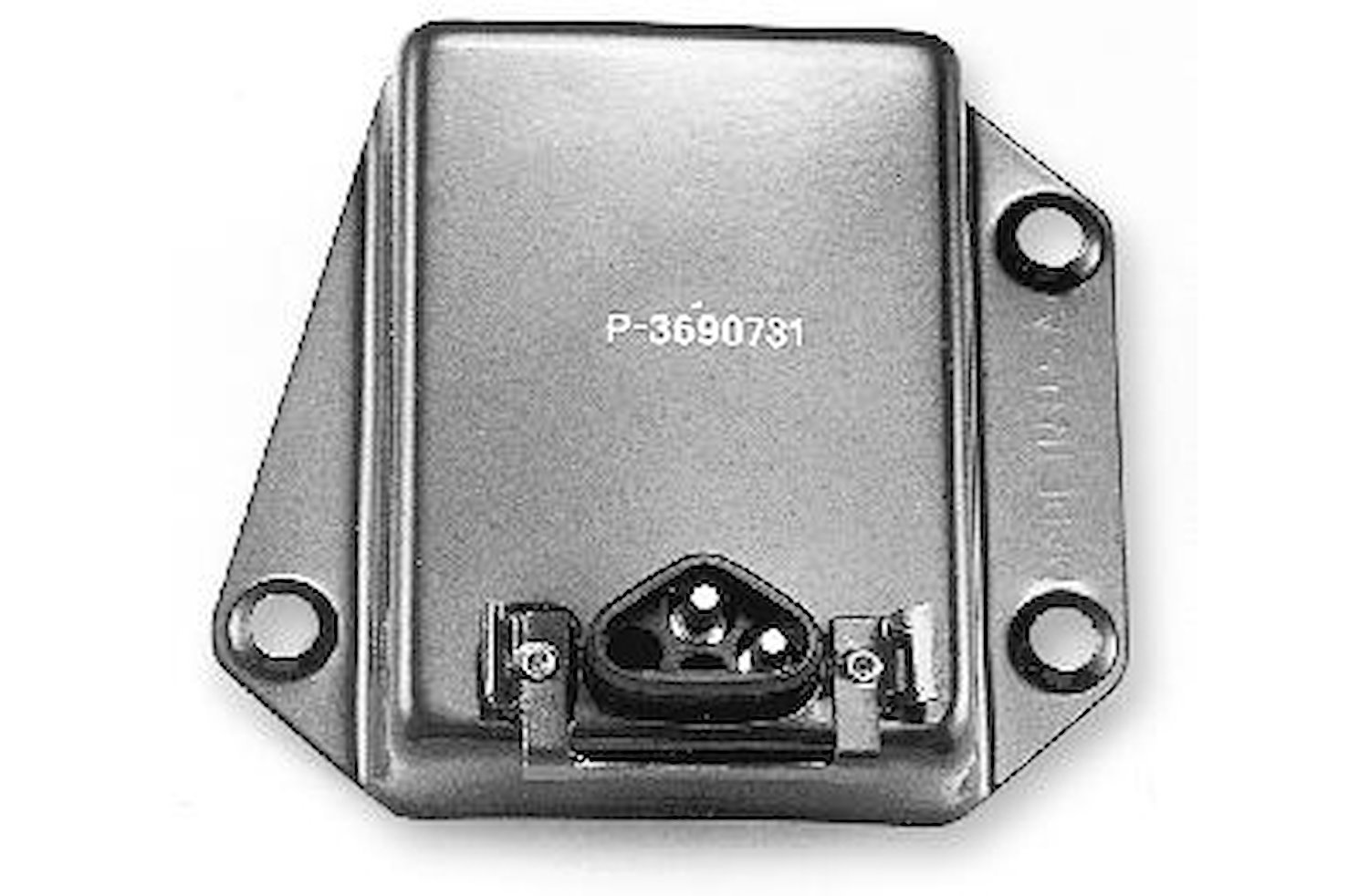Viper21700
Well-Known Member
Ok geniuses.
Here goes. Was out warming the car up tonight (I got bored, wanted a smoke, and really had the urge to hear her run for a while.. yes I know its cold as heck... sue me lol) and while planning my replacement wiring for the voltage regulator I noticed something odd.
The alternator is a two field wire alt (1+ 1- lead) but instead of running the - wire back to the voltage regulator (some off brand, no name, 1 wire electronic regulator) the previous owner just made a jumper wire from the negative terminal to a ground on the alternator.... Now Im thinking to myself something isn't right here, but it seems to work.
Anyone want to chime in and tell me if I should go ahead and replace the alt when I rewire the two wire voltage regulator (doing a late 60's style conversion, using the factory style triangular plug 68-70 electronic regulators)
Just something that didn't seem quite right when I saw it and figured you guys would have some input.
Here goes. Was out warming the car up tonight (I got bored, wanted a smoke, and really had the urge to hear her run for a while.. yes I know its cold as heck... sue me lol) and while planning my replacement wiring for the voltage regulator I noticed something odd.
The alternator is a two field wire alt (1+ 1- lead) but instead of running the - wire back to the voltage regulator (some off brand, no name, 1 wire electronic regulator) the previous owner just made a jumper wire from the negative terminal to a ground on the alternator.... Now Im thinking to myself something isn't right here, but it seems to work.
Anyone want to chime in and tell me if I should go ahead and replace the alt when I rewire the two wire voltage regulator (doing a late 60's style conversion, using the factory style triangular plug 68-70 electronic regulators)
Just something that didn't seem quite right when I saw it and figured you guys would have some input.


















